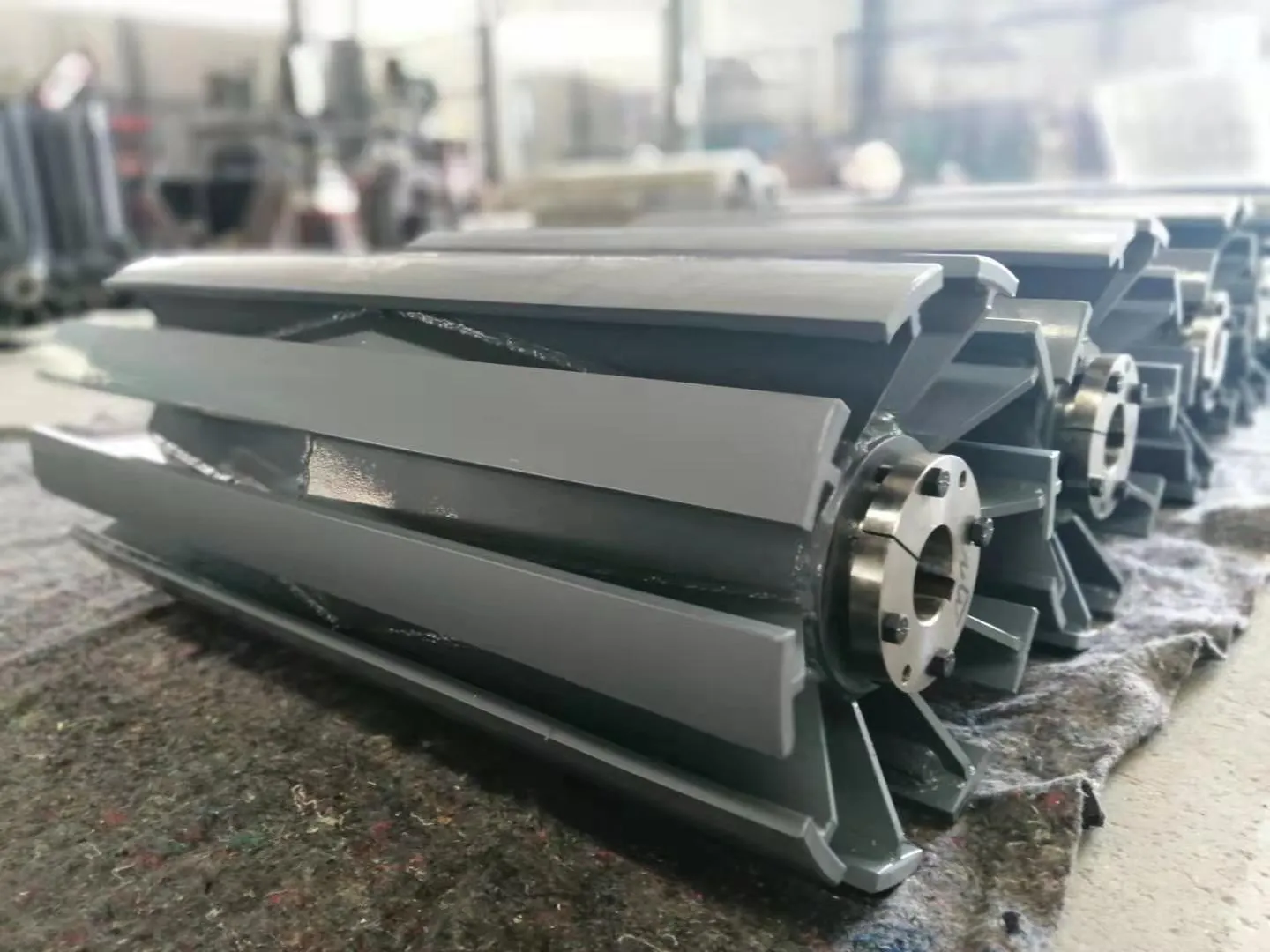 Afrikaans
Afrikaans  Albanian
Albanian  Amharic
Amharic  Arabic
Arabic  Armenian
Armenian  Azerbaijani
Azerbaijani  Basque
Basque  Belarusian
Belarusian  Bengali
Bengali  Bosnian
Bosnian  Bulgarian
Bulgarian  Catalan
Catalan  Cebuano
Cebuano  Corsican
Corsican  Croatian
Croatian  Czech
Czech  Danish
Danish  Dutch
Dutch  English
English  Esperanto
Esperanto  Estonian
Estonian  Finnish
Finnish  French
French  Frisian
Frisian  Galician
Galician  Georgian
Georgian  German
German  Greek
Greek  Gujarati
Gujarati  Haitian Creole
Haitian Creole  hausa
hausa  hawaiian
hawaiian  Hebrew
Hebrew  Hindi
Hindi  Miao
Miao  Hungarian
Hungarian  Icelandic
Icelandic  igbo
igbo  Indonesian
Indonesian  irish
irish  Italian
Italian  Japanese
Japanese  Javanese
Javanese  Kannada
Kannada  kazakh
kazakh  Khmer
Khmer  Rwandese
Rwandese  Korean
Korean  Kurdish
Kurdish  Kyrgyz
Kyrgyz  Lao
Lao  Latin
Latin  Latvian
Latvian  Lithuanian
Lithuanian  Luxembourgish
Luxembourgish  Macedonian
Macedonian  Malgashi
Malgashi  Malay
Malay  Malayalam
Malayalam  Maltese
Maltese  Maori
Maori  Marathi
Marathi  Mongolian
Mongolian  Myanmar
Myanmar  Nepali
Nepali  Norwegian
Norwegian  Norwegian
Norwegian  Occitan
Occitan  Pashto
Pashto  Persian
Persian  Polish
Polish  Portuguese
Portuguese  Punjabi
Punjabi  Romanian
Romanian  Russian
Russian  Samoan
Samoan  Scottish Gaelic
Scottish Gaelic  Serbian
Serbian  Sesotho
Sesotho  Shona
Shona  Sindhi
Sindhi  Sinhala
Sinhala  Slovak
Slovak  Slovenian
Slovenian  Somali
Somali  Spanish
Spanish  Sundanese
Sundanese  Swahili
Swahili  Swedish
Swedish  Tagalog
Tagalog  Tajik
Tajik  Tamil
Tamil  Tatar
Tatar  Telugu
Telugu  Thai
Thai  Turkish
Turkish  Turkmen
Turkmen  Ukrainian
Ukrainian  Urdu
Urdu  Uighur
Uighur  Uzbek
Uzbek  Vietnamese
Vietnamese  Welsh
Welsh  Bantu
Bantu  Yiddish
Yiddish  Yoruba
Yoruba  Zulu
Zulu Different Types of Pulleys Used in Belt Conveyor Systems
Types of Pulleys in Belt Conveyors
Belt conveyors are a vital part of modern industrial operations, facilitating the transportation of materials over varying distances and terrains. One of the essential components of a conveyor system is the pulley. Pulleys serve multiple purposes, ranging from driving the belt to supporting its movement. This article will explore the types of pulleys commonly used in belt conveyors and their respective functions.
1. Drive Pulleys
Drive pulleys are critical components in belt conveyor systems as they are responsible for initiating the movement of the belt. These pulleys are fixed at one end of the conveyor and are connected to a motor that provides the necessary power. Typically, drive pulleys have a larger diameter to ensure a more robust grip on the belt. They can be powered either by an electric motor or through hydraulic systems, depending on the application. The surface of drive pulleys is often designed with grooves or cleats to enhance the friction between the pulley and the belt, minimizing slippage and ensuring efficient operation.
2. Idler Pulleys
Idler pulleys, also known as return pulleys, are used to support the belt and help maintain its tension. These pulleys do not contribute to the belt’s movement; instead, they guide the belt back to the drive pulley after material transfer. Idler pulleys are crucial for ensuring the belt remains in the correct alignment, preventing off-center operations that could lead to increased wear or damage. There are various configurations of idler pulleys, including flat, troughing, and rubberized surfaces, tailored to the specific needs of the belt conveyor system.
3. Tail Pulleys
Tail pulleys are found at the opposite end of the drive pulley and are often used to guide the belt after it has completed its material handling cycle. Like idler pulleys, tail pulleys do not actively drive the belt; instead, they stabilize the conveyor and help keep the belt aligned during its return journey. Tail pulleys are especially important in longer conveyor systems where maintaining proper tension and alignment is paramount. They are typically designed to be robust and may have a rubberized surface to improve grip and minimize wear.
types of pulley in belt conveyor

4. Take-Up Pulleys
Take-up pulleys are designed to manage the tension of the conveyor belt. In many systems, as the belt wears down or stretches over time, proper tension needs to be maintained to ensure efficient operation. Take-up pulleys adjust the length of the belt by moving in or out as necessary. They play a vital role in prolonging the lifespan of the conveyor system and are often equipped with tensioning mechanisms, such as springs or hydraulic systems, that allow for easy adjustment.
5. Specialty Pulleys
In addition to the standard types of pulleys, there are specialty pulleys designed for specific applications or environments. These may include
- Snub Pulleys Used to increase the friction between the belt and the drive pulley, improving tension and driving force. - Wing Pulleys Equipped with angled wings that help clean the belt by shedding material during operation, reducing carryback. - Magnetic Pulleys These are used in systems where metal parts need to be separated from the conveyed material, often used in recycling industries.
Conclusion
The choice of pulleys in a belt conveyor system significantly influences its efficiency, durability, and performance. Understanding the functions and applications of different types of pulleys helps engineers and operators design systems that meet specific operational needs. By selecting the appropriate combination of drive, idler, tail, take-up, and specialty pulleys, companies can enhance the productivity of their material handling processes while minimizing maintenance and downtime. The ongoing evolution of pulley designs and materials also promises to improve the efficiency and effectiveness of belt conveyor systems in various industrial and commercial applications.
-
Taper Centering Idler Set for Conveyor SystemsNewsJun.25,2025
-
Small Idler Rollers for Industrial ConveyorsNewsJun.25,2025
-
Guide Training Idler Set for Conveyor MaintenanceNewsJun.25,2025
-
Friction Offset Idler Set for Industrial UseNewsJun.25,2025
-
Double-Center-Roller Idler AlignmentNewsJun.25,2025
-
Channel Inset Impact Troughing Idler Set for Heavy LoadsNewsJun.25,2025





























